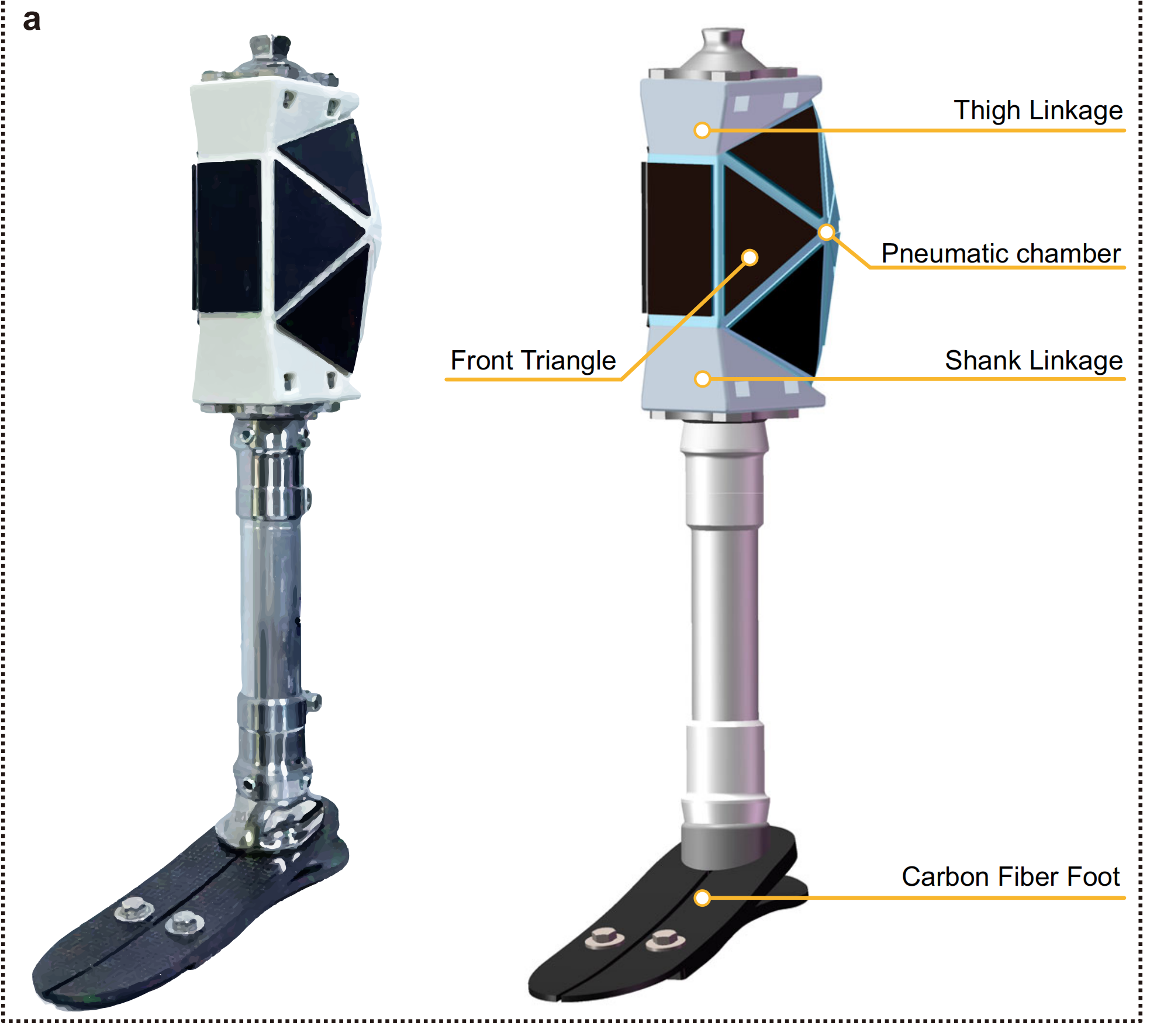From Cherries to Tesla: A Peek into China's Decade-long Free Trade Zones
In recent years, more people in China are having all the cherries they want — the Chile-grown cherries have become more accessible in China, and with their price down by over a half, more and more ordinary people can afford to eat as many as they want. This pleasant change, however, has everything to do with China's Free Trade Zones (FTZ).
On September 29th, 2013, the first FTZ — China (Shanghai) Pilot Free Trade Zone was established. Since then, the Free Trade Zone has been exploring new paths and gaining new experience for comprehensive deepening reforms and opening China wider to the world. Here are some of the FTZ stories.
In the same year of its establishment, the very first "negative list" for foreign investment was issued in Shanghai FTZ. The "pre-establishment national treatment plus negative list" management adopted was deemed as a historical shift, meaning whatever is not forbidden for foreign investment is allowed. Over the past decade, the negative list has become increasingly slimmer, and now the catalog contains no items under the manufacturing industry.
In January, 2019, the Lingang Industrial Zone in Shanghai saw the first stone laid for the Tesla Gigafactory 3. In December of that same year, the first batch of Tesla automobiles were already ready to market. Backing up the stunning speed is the ameliorated business environment, which is making such "Tesla speed" a norm rather than an exception.
The "cherry at will" story mentioned at the beginning not only comes down to the China-Chile Free Trade Agreement Upgrade, the innovative custom clearance policies at the Shanghai FTZ also played a critical role: Only four hours are needed for inspections and deliveries of fresh fruits upon arrival. That means, as little as 48 hours is needed for the cherries to travel from orchards in Chile to supermarkets in Shanghai.
Over the decade, the Shanghai FTZ has been playing the role of the "lead goose" according to the flying geese theory, building replicable and transferrable examples of institutional innovation for other places. Besides what we mentioned above, there are an array of other cases: The improved legal framework represented by the "Foreign Investment Law" and the "Regulations of China (Shanghai) Pilot Free Trade Zone"; the efforts on trade facilitation and the further liberalization represented by China international trade single window; the open and innovative financial practices that aim to serve the real economy represented by the free trade account system that integrates domestic and foreign currency services; and measures to streamline administration, delegate power, improve regulation and upgrade services represented by the "three in one" market regulation reform and commercial registration system reform.
Taking bold steps, and driving reforms through trial and error — with such methodology in mind, the Shanghai FTZ has generated a quarter of Shanghai's GDP and 40% of the city's foreign trade volume with just one fiftieth of Shanghai's land.
A single flower does not make spring, but a hundred flowers in full bloom bring spring to the garden. China's FTZ trail started with the 28.78 km2 Shanghai Free Trade Zone, but over ten years' time, the FTZ lists have become longer and covered increasing areas. Now, 21 Free Trade Zones have been established, containing 67 Free Trade Areas. They formed a new layout covering coastal, inland and national-border sites. Today, China's Free Trade Zones account for 17.8% of the country's foreign trade with an area accounting for merely 4‰ of China's territory.
These Free Trade Zones of China take advantage of their respective locations and strengths, and seek differentiated development. For example, FTZs in Shaanxi, Henan, Sichuan and Chongqing have shown consistency with the Belt and Road Initiative, while Guangdong Free Trade Zone has been strengthening its leverage in the building of the Guangdong-Hong Kong-Macao Bay Area.
At present, the global economic and trade environment has been complicated by the gloomy international landscape. However, instead of closing to the outside world, China will only open its doors wider. Facing the future, China's Free Trade Zones will accede to international trade rules, and keep up its institutional opening-up, so as to continue its efforts of exploring new paths and gaining new experience to achieve a higher level of opening-up, in the meantime, sharing the fruit of development with other parts of the world.







